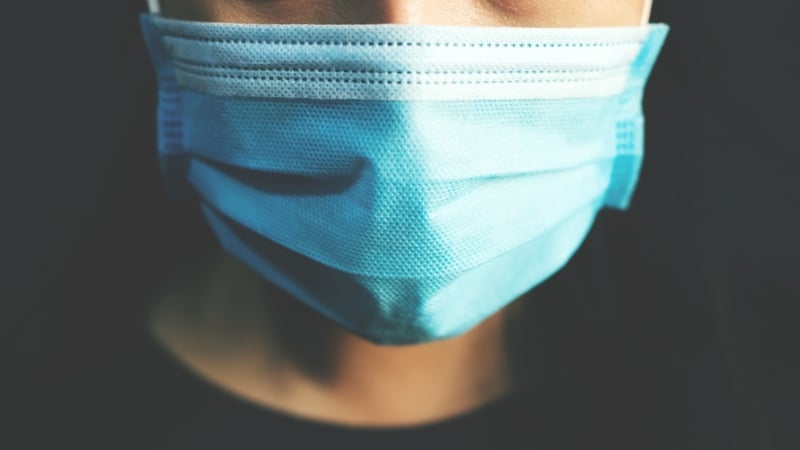By Eric Stann-Missouri
People who work nontraditional work hours, such as 11 PM to 7 AM, are more likely to develop the chronic condition that disrupts their sleep.
“This discovery has many major implications, including the need to identify engineering counter-measures to help prevent these crashes from happening,” says Praveen Edara, professor of civil and environmental engineering at the University of Missouri.
“Such measures can include the availability of highway rest areas, roadside and in-vehicle messaging to improve a driver’s attention, and how to encourage drivers who may have a late-night work shift to take other modes of transportation, including public transit or ride-share services.”
Edara says researchers based the analysis on data collected from a real-world driving study for the second Strategic Highway Research Program established by the US Congress.
As the demand for 24/7 business operations has increased in recent years to meet customer needs during all hours of the day and across multiple time zones, the traditional work day—once defined as 9 AM to 5 PM—has shifted for many people to include evening and night shifts, causing sleeping difficulties and leading to shift work sleep disorder.
Edara says he was surprised to see shift work sleep disorder increase the risk of a traffic crash by nearly 300%, as compared to both sleep apnea and insomnia, which both increased the risk of a crash by approximately 30%.
Previous studies have shown sleep disorders increase the risk for a traffic crash, but the majority of these studies were conducted in a controlled environment, such as a laboratory driving simulator, Edara says. He believes this real-world data now validates those efforts.
“In the past, researchers have studied sleep disorders primarily in a controlled environment, using test-tracks and driving simulators,” Edara says. “Our study goes a step further by using actual observed crash and near-crash data from approximately 2,000 events occurring in six US states.
“We’ve known for a while now that sleep disorders increase crash risk, but here we are able to quantify that risk using real world crash data while accounting for confounding variables such as roadway and traffic characteristics.”
Limitations of their study include not having data for fatal crashes and no formal measurement to define drowsiness, Edara says.
In the United States, the National Transportation Safety Board, or NTSB, is the federal agency that investigates major traffic accidents. Each year, they issue an annual “most wanted list” of safety improvements, and their 2019-2020 list includes “screening and treating obstructive sleep apnea” among the top 10 topic areas.
Edara says he hopes that by showing how big of a risk there is for traffic crashes caused by excessive daytime sleepiness, the researchers can help draw additional attention toward finding ways to keep people safe behind the wheel, including taking the driver out of the equation with ride-sharing options and automated vehicles.
He says the ideal next step in this research would be to partner with medical professionals who have expertise in this area to better understand why this is happening.
“We want to partner with public health and medical professionals whose expertise is in sleep-related research to better understand why this is happening,” Edara says. “That will also allow us to explore what kind of countermeasures we can develop and test to improve the overall safety of these drivers and the other motorists around them.”
The study appears in Sleep Science. Additional coauthors are from the Federal Highway Administration and the University of Missouri.
The Federal Highway Administration funded the work. The content is solely the responsibility of the authors and does not necessarily represent the official views of the funding agencies.
Source: University of Missouri
—
This post was previously published on Futurity.org and is republished here under a Creative Commons license.
***
You Might Also Like These From The Good Men Project
 Compliments Men Want to Hear More Often
Compliments Men Want to Hear More Often  Relationships Aren’t Easy, But They’re Worth It
Relationships Aren’t Easy, But They’re Worth It  The One Thing Men Want More Than Sex
The One Thing Men Want More Than Sex  ..A Man’s Kiss Tells You Everything
..A Man’s Kiss Tells You Everything Join The Good Men Project as a Premium Member today.
All Premium Members get to view The Good Men Project with NO ADS.
A $50 annual membership gives you an all access pass. You can be a part of every call, group, class and community.
A $25 annual membership gives you access to one class, one Social Interest group and our online communities.
A $12 annual membership gives you access to our Friday calls with the publisher, our online community.
Register New Account
Log in if you wish to renew an existing subscription.
Username
First Name
Last Name
Password
Password Again
Choose your subscription level
- Yearly - $50.00 - 1 Year
- Monthly - $6.99 - 1 Month
Credit / Debit Card PayPal Choose Your Payment Method
Auto Renew
Subscribe to The Good Men Project Daily Newsletter By completing this registration form, you are also agreeing to our Terms of Service which can be found here.Need more info? A complete list of benefits is here.
—
Photo credit: iStock
The post Car Crashes Are 3x More Likely With ‘Shift Work Sleep Disorder’ appeared first on The Good Men Project.
Original Article










